
If you're passionate about our planet, you may be pleased to know that you don’t need to go fully zero-waste to make a real difference.
Most households create far more trash than they realize, often from items used for mere seconds. But with a few small habit changes, you can significantly cut down on creating unnecessary trash that ends up in the trash and landfill.
When it comes to decluttering tips, cleansing your drawers and cabinets of single-use items can free up valuable shelf space, while also helping the environment. Here are six practical ways to reduce unnecessary waste at home.
How to stop creating unnecessary trash
1. Ditch disposable wipes

They’re convenient, but single-use cleaning wipes are one of the most common contributors to household waste, and many aren’t biodegradable.
Karina Toner, operations manager at Spekless Cleaning, says, 'Cleaning wipes are incredibly convenient – many people reach for them because they save time, especially in busy households. But though they're certainly effective for quick clean-ups, disposable cleaning wipes contribute to unnecessary waste. They don't break down well in landfills and are often made from non-recyclable materials. Plus, many brands use harsh chemicals, which could be harmful to the environment.' All in all, experts brand them a cleaning product that is a waste of money.
Toner instead recommends opting for microfiber cloths, such as these E-Cloth Microfiber Cloths from Amazon, which can be tossed in the laundry and used again and again. She adds, 'Microfiber is highly effective, washable, and can tackle most messes without needing chemicals. Pair them with a simple homemade cleaning solution using natural ingredients like vinegar, baking soda, and water.'
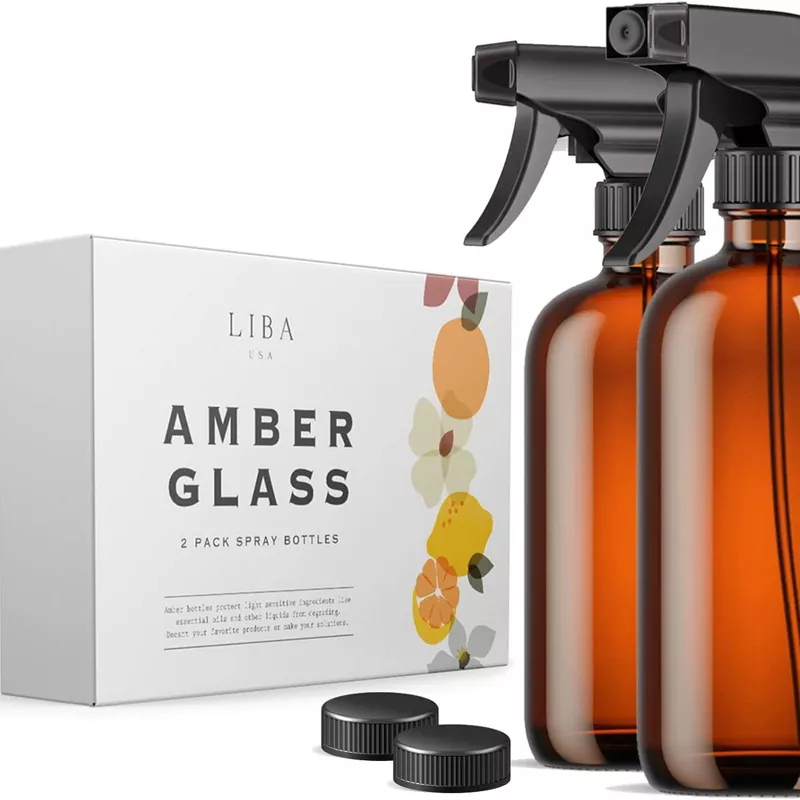
This two-pack of spray bottles is perfect for making DIY cleaning solutions for eco-friendly, sustainable refilling. Each bottle has a 16-oz capacity, an adjustable nozzle for three spray settings, plus the UV-protective amber glass preserves contents for long-term use.
2. Avoid plastic packaging

Loose fruit and veg, refill stations, and shops that offer paper or compostable packaging are easy wins for anyone trying to cut plastic waste. Reusable bags are another simple way to do better.
Meghan Cocchiaro, owner of Organized by Meg, says, 'Plastic pollution is a major problem, but we can all help thanks to small choices at home, opting for alternatives to plastic wherever possible. For example, you might use paper straws, real plates and cups, reusable water bottles, or long-life bags.'
Shopping for non-toxic cleaning supplies is a great cleaning tip to reduce plastic use at home, while reducing the number of harsh chemicals in landfills. This Branch Basics Cleaning Essentials Kit includes a plant-based, non-toxic concentrate to dilute, reducing plastic waste.
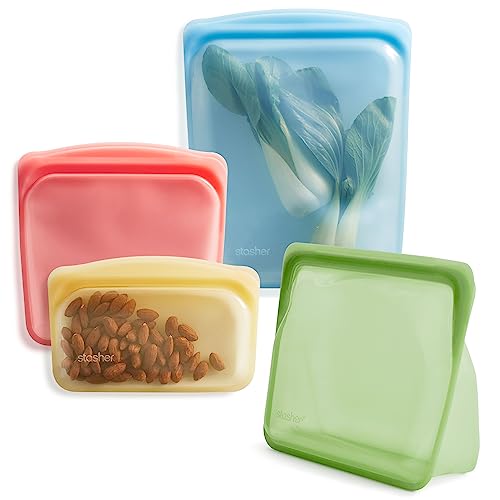
Home organization pro Meghan Cocchiaro recommends this silicone food storage bag set, which comes in rainbow colours, saying, 'These silicone bags are great for packing sandwiches, fruit and kid's snacks. They're easy to wash and hang-dry or better yet, run through the dishwasher.'

Available in more than a dozen stylish colors, this durable, stainless steel water bottle is BPA free and holds up to 26 fl oz. It boasts an easy-carry loop, flip-up straw, and leak-proof lid – plus its double-wall insulation will keep your favorite beverage hot or cold for ages.
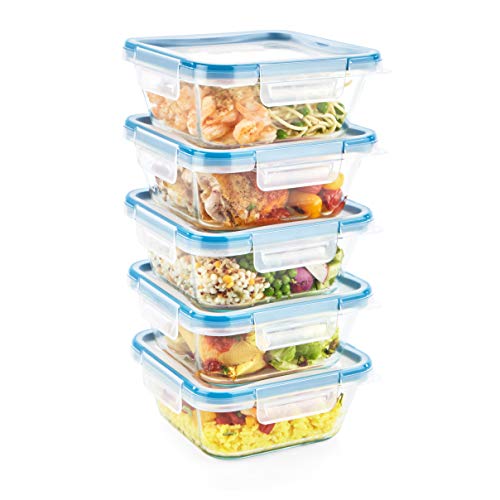
Organization expert Meghan Cocchiaro loves this set of reusable food containers. She says, 'These airtight glass sets are great for maximizing space in drawers, with clean lines that stack neatly and reduces plastic usage. They're easy to run in the dishwasher daily and take on the go.'
3. Say no to sample-size beauty

Free sachets and mini bottles may be fun to try, but most end up half-used or in the bin. Saying no stops creating unnecessary trash, and is a great way to stop clutter before it starts.
Amanda Scott, founder of Amanda Scott Home, says, 'It's very tempting to get something free, even if it is small. However, free beauty product samples and hotel toiletries create clutter in our bathrooms, are single-use, and often made of non-recyclable materials that end up in the landfill.
'Before accepting sample products or bringing home hotel shampoos and lotions you may never use, think again. Say no, or opt for reusable travel containers instead.'
Amanda suggests donating unopened bath or beauty samples to homeless shelters, and instead seeking brands that offer recyclable or refillable packaging, such as Keep Your Cadence.
4. Skip single-use kitchen staples

From paper towels to sandwich bags, the kitchen is full of waste culprits.
Scott says, 'As a home organizer, the number one source of trash I encounter in my clients’ kitchens is single-use items. The amount of disposable cutlery, chopsticks, straws, condiment packets, plates, cups, and utensils I have had to trash and recycle over the years is astounding.'
Reusable beeswax wraps, silicone food storage swaps, cloth napkins, and silicone baking mats do the same jobs without the trash. This OXO Silicone Baking Mat from Target, for example, is dishwasher-safe and comes with great customer reviews.
Professional organizer Amélie Saint-Jacques adds, 'I now use paper sandwich and snack bags instead of plastic sandwich bags. They're just as convenient for most food and a much better choice environmentally.'
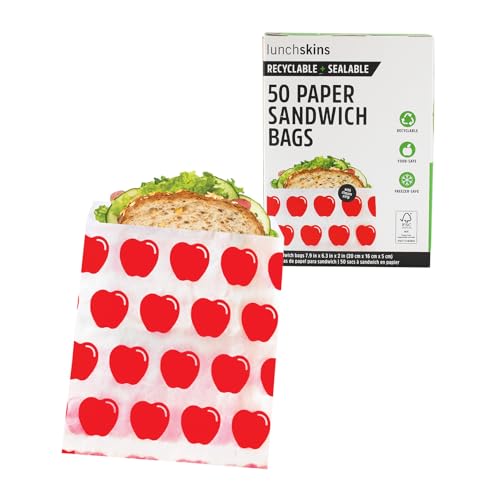
Made from recyclable material, and available in different colors and sizes, these eco-friendly paper sandwich bags are a guilt-free choice for your family’s snacks. Each grease-resistant bag has a self-sealing adhesive strip to keep your food fresh.
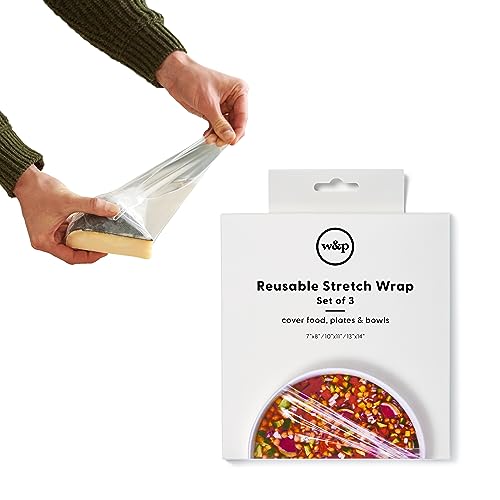
This BPA-free stretch silicone wrap acts like normal plastic wrap, but is washable and reusable, and doesn't risk microplastic contamination. It is dishwasher, microwave, and freezer safe, too.
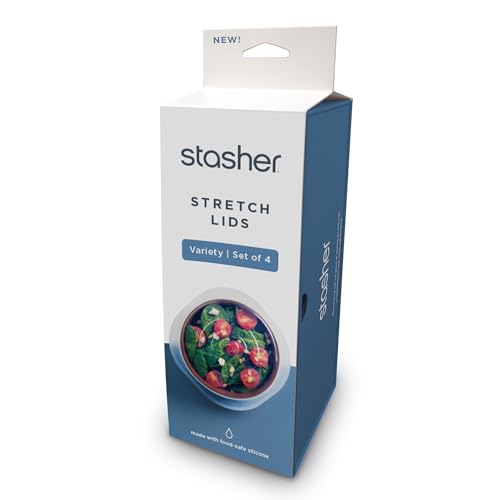
For bowls, these stretch silicone lids to form a tight seal to keep food fresher for longer and to prevent spills in the fridge. This set is microwave and dishwasher-safe, too, for convenience.
5. Think twice about takeout

Takeout might be a timesaver on busy nights, but it often comes with a mountain of unnecessary waste – plastic containers, sauce packets, utensils, napkins, and bags. Many of these aren’t recyclable, especially when coated with grease or made from mixed materials. If you’re ordering food regularly, that packaging builds up fast.
Scott says, 'While takeout is convenient, it often comes with single-use items. Not only do these items very rarely end up being able to be recycled and thus end up in the landfill, but they also create immense clutter in already overflowing kitchen drawers and cabinets.
'To prevent this paper and plastic pile-up, I recommend clients stop it at its source. Invest in a reusable cutlery set – such as this GuoluvSoo Reusable Travel Utensils Set from Amazon – and when getting takeout, either over the phone, via DoorDash, or at the restaurant, let the servers know you don't need these items. If you can’t speak to someone directly, put it in the comments section of the app.'
When it comes to reorganizing, consider these items cluttering your kitchen drawers to get rid of.
Saint-Jacques adds, 'I always request that deliveries don't come with too many sauce packets also – you always get more than you can use. I see so many of them crammed in various drawers in my clients' kitchens!'
If you want to kick the habit, you can also stock up on meal prep essentials to create quick grab-and-go meals for your freezer.
6. Compost food waste creatively

A shocking portion of household trash is food-related – not just leftovers, but peels, cores, grounds, and scraps. When sent toa landfill, this waste doesn’t break down cleanly; it produces methane, a potent greenhouse gas.
Though you should always begin by thinking about what you're buying and how you're storing it – such as these food storage ideas to reduce food waste – home composting can dramatically reduce your bin’s weight while creating nutrient-rich compost for plants.
Even if you don’t have a garden, options exist: countertop compost bins such as the Enboya Smart Electric Composter from Walmart, bokashi systems that ferment food waste available at Amazon, or food recycling services offered by many councils. Every banana peel or tea bag you compost instead of trashing helps fight climate change at the source.

Cleaning and home organization pro Karina Toner recommends this pack of 100 compostable straws, which are bendable and have a USDA 98% certification. She says, 'Made from compostable materials, these biodegradable straws are perfect for reducing plastic waste at home or at restaurants.'
FAQs
What’s the easiest swap I can make to cut down on household waste fast?
Switching from plastic shopping bags to reusable fabric totes is one of the quickest and most effective changes to reduce unnecessary waste at home. Many households accumulate dozens of plastic bags each month, which often end up in landfills or pollute waterways. Reusable bags are sturdier, more sustainable, and now widely accepted everywhere from supermarkets to small shops. Keep a few in your car or by the front door so you don’t forget them.
Is recycling enough, or should I be focusing more on reducing waste?
Recycling is helpful, but it shouldn’t be your first line of defense. Many items placed in recycling bins never get processed due to contamination or facility limitations. The best strategy is to reduce the amount of waste you produce in the first place by buying in bulk, avoiding single-use plastics, and choosing reusable items whenever possible. Think of recycling as the backup plan, not the primary solution.
Why shouldn't I throw paint cans in the trash?
Paint cans, especially those containing oil-based paints, can leak harmful chemicals into the environment if sent to a landfill. Even empty cans may contain residue that poses environmental risks. Many local waste facilities accept leftover paint through household hazardous waste programs, ensuring it’s disposed of or repurposed safely.
Meet the experts
So there you have it – six ways to reduce unnecessary trash, and what to do instead. Reducing trash doesn’t mean overhauling your entire life. It’s about noticing habits that generate waste, and choosing better ones. A cleaner bin means a cleaner conscience – and a cleaner planet.
Next, find out the secret to breaking the clutter cycle, and learn the truths no one tells you about decluttering.







